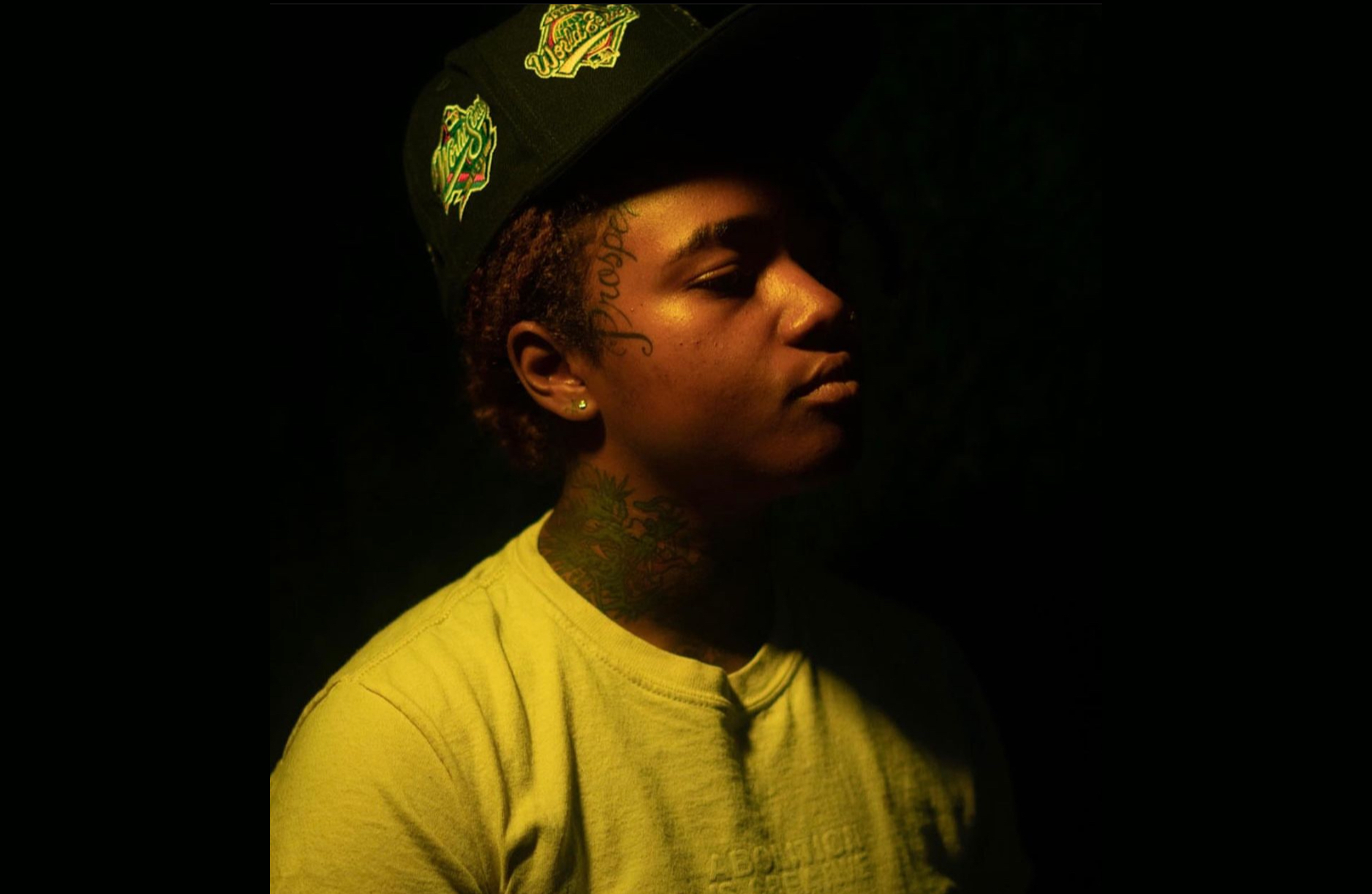Photo by J. Jade Lilly
Can you share a bit about your relationship with art? Has creating always been a part of your life?
As a child, I believe most kids draw and paint. Around the fourth grade, I started thinking I wanted to become an illustrator. I planned to attend art school, and aspired to develop a comic series for a publication, and see it adapted into a show by Nickelodeon. However, life had different plans for me.
You are an extremely talented tattoo artist, and it appears you specialize in realism and portraits. How does your voice as a tattoo artist reflect your work in other mediums, or vice versa?
Thank you! I think there are some significant differences between my artwork and tattooing. I tend to draw in color more often, whereas when I’m tattooing, I usually stick to black and gray. While the subjects of my tattoos and drawings are somewhat similar — focusing on a lot of pop culture, drawing allows me to experiment with different subjects and styles. On the other hand, with tattooing, clients come to me with specific requests, so I need to maintain a consistent style. Tattooing requires a greater level of precision, while drawing is more fluid and playful.




Tattoos by Cori Shelton
Can you share a little about your technique?
My technique is to try new things and to keep learning. Keeping an open mind is key. Before I doubt myself, I try first. If it sucks when I try, I learn from it.
I imagine tattooing is often about bringing your client’s vision to life, which seems akin to having a large portion of your work being commissioned pieces. How do you balance the vision your clients bring to you with your own artistic voice?
The goal is to involve the client in my creative process. Most clients don’t want full control; they just want to make sure their ideas are being heard and understood. They usually have an idea in mind but are open to seeing how I can interpret and adapt it. It’s refreshing when people say, “You’re the artist, I trust you.” It demonstrates an understanding of the relationship between client and artist. They’ve sought me out because they’ve seen my work and appreciate my approach.





Tattoos by Cori Shelton
How do you create time and space for your personal work?
I don’t do it well. I have more unfinished personal projects than finished ones. Tattooing is a profession that consumes your life. You spend six to eight hours a day tattooing, then go home to draw or find references for the next appointment. When you’re not doing that, you’re communicating with clients in person or over text, or researching better techniques, and finding ways to market yourself on social media.
I’ll find a balance soon, I hope.
Do you have any rituals or routines that help you get in the space to create?
Certain music or documentaries usually help me break out of creative slumps. I find inspiration in friendly competition, so I often look at artists who I believe are way more talented than me. There’s something about that that always sparks my desire to create cool things.


Colored pencil drawing by Cori Shelton
What inspires you as an artist?
There are so many influences. I got into art during the whole Pharrell era with BAPE and KAWS when I was a kid. It might sound strange, but seeing the ice cream skateboard tape really had an impact on me. I couldn’t believe there were young people, some who looked like me, just being themselves, super artsy and mad fly. It changed my perspective on what was possible.
What themes are recurrent in your work? What do you hope your audience will take away from their interaction with your work?
Honestly, right now, I hope they don’t get too used to anything. I’m still figuring things out, still trying to improve. If there’s anything they can expect consistently, it’d be my work evolving.
What do you find to be the most challenging aspect of being an artist?
I think the most challenging thing about being an artist is finding community — the tricky balance between confidence in your work and enough humility to recognize there’s always room for improvement.
How can the community better support artists?
I actually talk about this a lot. I think it’s even tougher than that. I grew up in major cities like Detroit and New York, and those places really embrace and thrive on art and their communities. It’s difficult to have a community support something they don’t regularly see opportunity in. For example there’s no galleries or museums here, so if a child tells their parents they want to be an artist, that parent sees no reference for how that would be a safe career choice. Maybe increasing the visibility of artists in the city and, of course, providing more opportunities for artists to be involved and paid for their work will help kickstart a change.
What would you say to someone who is just starting out in their artistic journey?
Be humble, be teachable, and accept that things take time. Time as in years, in most cases. Just keep going.

What were some of the challenges and/or wins you experienced early on that shaped your journey?
Back when I was apprenticing at 18, living in Brownsville, Brooklyn, I juggled two jobs on top of being at the shop every day. I was lucky to get three hours of sleep max most days. But every day I get to do this — to make art — has been a win.
What other local artists do you think we should know about?
Joel Sparks is incredible — I’m a big fan of his mixed media, photography, and videography. He’s my go-to for checking out other artists in the city. Aaron McKinney is hands down my favorite tattoo artist in the city. He’s super humble and talented, and in my opinion, deserves more recognition.
Who are your favorite artists or biggest influences of your work?
Caravaggio is my favorite painter. As for tattoo artists, my favorite changes, but right now it’s Sivak. I’ve been heavily influenced by tattoo artists who have mastered opaques and composition lately.
Where can we see more of your work?
You can mainly find me on Instagram at @coritattoome. You can also reach me at Coritattoos@icloud.com.

Ashleigh Rogers is an artist, art instructor, and facilitator in Tri-Cities, Washington. Her work explores the themes of connection and intergenerational stories through experimentation in painting, photography, installation, and sculpture. Ashleigh is passionately dedicated to facilitating accessible arts programming in her community.
Find her on Facebook: fb.com/AshleighRogersArt or Instagram: ashleigh.a.rogers


